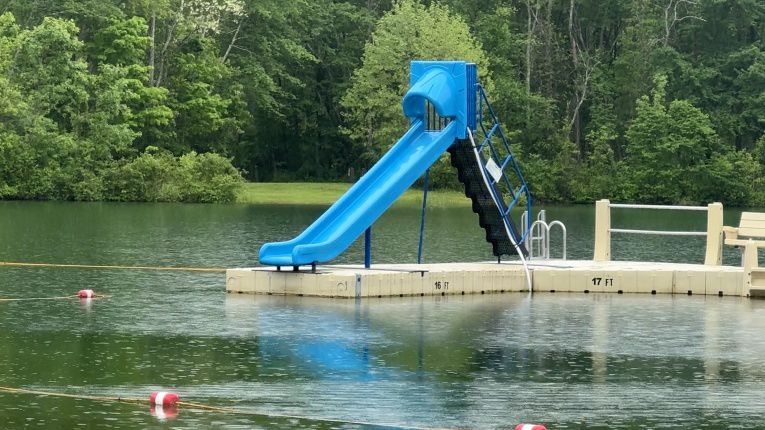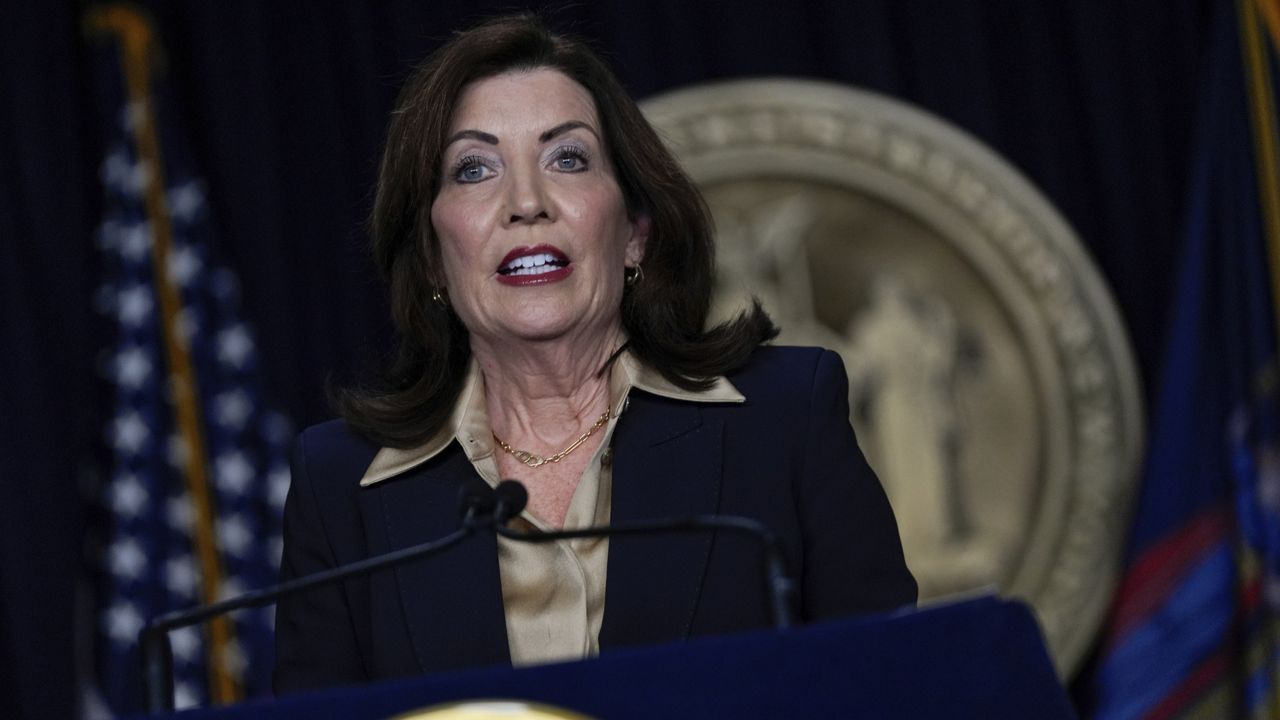When there’s an emergency medical issue, EMTs are supposed to be the first to respond. But what happens if there aren’t enough?
As the number of EMTs in New York and around the country has declined, SUNY Sullivan is encouraging more people to get certified.
Jacob Kaplan is one of 14 students participating in SUNY Sullivan’s EMS program this summer.
“I want to give back to the community. I want to be the EMT to help out everyone,” Kaplan said.
Kaplan’s been volunteering with the Rock Hill Volunteer Ambulance Corps for about a year now. He assists the EMTs, but wants to be able to do main tasks. However, before he can officially become an EMT, Kaplan needs to pass the New York State Practical and Written Certification Exams.
The program offered at SUNY Sullivan helps prepare participants for that.
What You Need To Know
- SUNY Sullivan's EMS program is offered as both an EMT refresher course and EMT basic course in the fall, spring and summer, but the summer program is a bit accelerated
- In order to become an EMT in the state, one needs to pass the New York State Practical and Written Certification Exams. The program offered at SUNY Sullivan helps prepare participants for that.
- New York State Department of Health data shows about a 13% decrease of EMTs from 2019 to 2021
- Among other recommendations in the New York State 2023 Evidence Based EMS Agenda for Future, a state EMS Sustainability Technical Advisory Group suggested the state increase the number of certified EMS providers by 10,000 by 2025
“It's amazing because we get to learn so much, and then we get to just pass it on to the field and just go and work,” Kaplan said. “I really enjoy it, and I know all the people in that class do also.”
The program is offered as both an EMT refresher course and EMT basic course in the fall, spring and summer, but the summer program is a bit accelerated.
Initially having a law enforcement background, David Weinstein wanted to become a certified EMT. He took over SUNY Sullivan’s EMS program about two years ago.
“I didn't want to be the person standing there not knowing what to do or how to help them, so that's why I enrolled as an EMT,” Weinstein said. “I took the first course because to me, if you can help somebody, no matter if it's a stranger, it's a family member, the last thing you want to do is have somebody you love and care about have a medical emergency, and you not be able to help them.”
On a recent day, the students learned about the respiratory system and emergencies involving it. They got hands-on training with equipment and used role play to practice responding to different scenarios.
On other days, they train on ambulances and at medical sites.
“It helps you understand how it is to interact with a patient, how it is to treat that patient, and how it is to pass off to the next level at the hospital level,” Kaplan said.
Weinstein said it’s so important to train people to become EMTs now. New York State Department of Health data shows about a 13% decrease of EMTs from 2019 to 2021.
“When the alarm goes off, it's EMS’ job to go render aid. And with a shortage, it could delay patient care. The more EMTs we can put on the road, the better it is for the whole community,” Weinstein said.
Upon course completion, Kaplan plans to take the exam to qualify him to work as an EMT at the Rock Hill Volunteer Ambulance Corps. In the fall, he’ll enter his sophomore year at Tulane University, and may look to work as an EMT on campus or at a nearby agency.
His goal is to go to medical school. The class is just a step in making that dream come true, while helping others.
“Being able to save someone's life or make it a little bit better one day, it's huge,” Kaplan said.
Among other recommendations in the New York State 2023 Evidence Based EMS Agenda for Future, a state EMS Sustainability Technical Advisory Group suggested the state increase the number of certified EMS providers by 10,000 by 2025.










